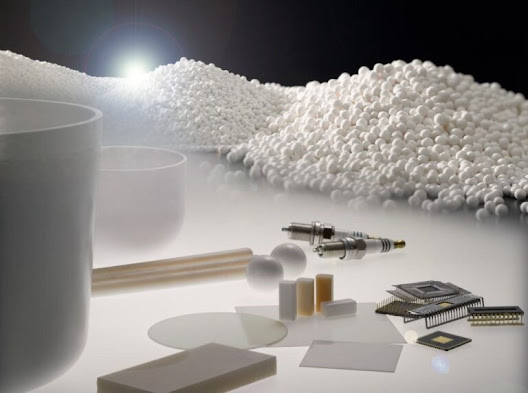HCL Leaching High Purity Alumina: A Cutting-Edge Approach to Ultra-Pure Material Extraction
High Purity Alumina (HPA) is a specialized form of aluminum oxide known for its exceptional purity and unique properties. It finds applications in a wide range of industries, including electronics, semiconductors, LED lighting, and high-tech ceramics. The production of HPA involves several processing steps, and one of the crucial stages is the HCL leaching process.
1. What is HCL Leaching:
HCL leaching, also known as hydrochloric acid leaching, is a process used to purify alumina by removing impurities and further enhancing its purity. The starting material for this process is usually aluminum hydroxide derived from either bauxite or synthetic sources. The alumina is dissolved in hydrochloric acid, resulting in the formation of soluble aluminum chloride and water.
2. Leaching Mechanism:
The HCL leaching process operates on the principle of solubility. Aluminum hydroxide reacts with hydrochloric acid to form soluble aluminum chloride and water. The chemical equation for the reaction can be represented as follows:
Al(OH)3 + 6HCl → AlCl3 + 3H2O
During the leaching process, temperature, concentration of the acid, and leaching time are precisely controlled to ensure high purity levels of the alumina. The reaction takes place in reactors made of corrosion-resistant materials to prevent contamination.
3. Impurity Removal:
The main objective of HCL leaching is to remove impurities, such as iron, silicon, and titanium, which may be present in the raw alumina. These impurities can have detrimental effects on the final product's performance in high-tech applications. The leaching process converts these impurities into their respective chlorides, which can be easily separated from the purified alumina.
4. Precipitation and Calcination:
Once the leaching process is complete, the purified alumina is precipitated from the aluminum chloride solution by the addition of ammonia. This forms aluminum hydroxide, which is subsequently filtered, washed, and dried. The resulting HPA product is then subjected to calcination at high temperatures, converting the aluminum hydroxide into pure alumina.
5. Uses of High Purity Alumina:
High Purity Alumina finds extensive use in the production of synthetic sapphire, a material highly valued for its scratch-resistant and transparent properties. Sapphire substrates are used in LED manufacturing, semiconductor wafer processing, and various optical applications. HPA is also employed in the production of advanced ceramics, and phosphors, and as a coating material in lithium-ion battery separators.
Conclusion:
HCL leaching plays a critical role in producing High Purity Alumina, a material of significant importance in modern technology. Through this process, impurities are efficiently removed, leading to an end product with exceptional purity and superior performance characteristics. The versatility of High Purity Alumina ensures its continued demand in various industries, driving ongoing research and innovation in the field of materials science.



.png)
Comments
Post a Comment